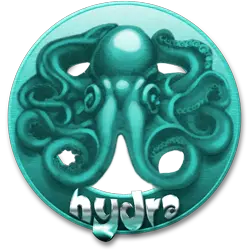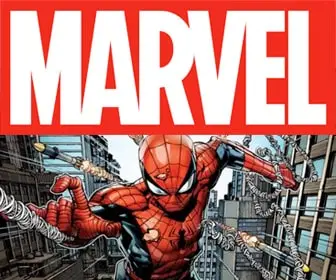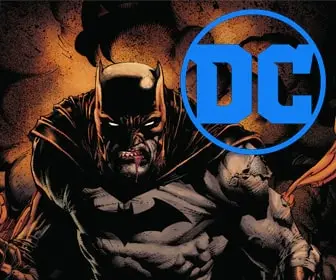
The Golden, Silver, and Modern Ages of Comic Books: A Comprehensive Timeline

Comic books have been a staple of popular culture for nearly a century, capturing the imagination of readers with their colorful artwork, compelling narratives, and iconic characters. Over the years, the comic book industry has gone through several distinct eras, each with its own unique characteristics, trends, and innovations. In this article, we will explore the Golden, Silver, and Modern Ages of comic books, providing an in-depth look at the evolution of this beloved medium.
The Golden Age of Comic Books (1938-1950)
The Golden Age of comic books began in 1938 with the introduction of Superman in Action Comics #1, marking the birth of the superhero genre. During this era, the industry saw a boom in both creativity and popularity, as new characters were introduced and comic books became an essential form of entertainment for children and adults alike.
Key Characteristics:
- The emergence of iconic superheroes such as Superman, Batman, and Wonder Woman
- A focus on patriotic themes and war-time stories during World War II
- Artwork that emphasized bold lines, vibrant colors, and dynamic action sequences
The Silver Age of Comic Books (1956-1970)

The Silver Age was marked by a revival of the superhero genre, as new characters like Spider-Man, the Fantastic Four, and the X-Men emerged. This era saw a shift toward more complex storytelling, with comic book creators exploring new themes, addressing social issues, and experimenting with different art styles.
Key Characteristics:
- The introduction of new, relatable superheroes with personal struggles and flaws
- An emphasis on science fiction and fantasy elements, such as alternate dimensions and time travel
- A growing focus on character development and continuity between storylines
The Modern Age of Comic Books (1985-Present)
The Modern Age of comic books, also known as the Dark Age, began in the mid-1980s with the release of groundbreaking titles like “Watchmen” and “The Dark Knight Returns.” This era has been characterized by a shift toward more mature, darker themes, as well as the rise of independent publishers and creator-owned titles.
Key Characteristics:
- A focus on darker, more complex narratives that tackle mature themes and social issues
- The emergence of independent publishers, such as Image Comics and Dark Horse, which allowed for greater creative freedom and diversity in storytelling
- The blending of different art styles, from traditional comic book illustrations to more experimental, painterly approaches
The Golden, Silver, and Modern Ages of comic books have each left a lasting impact on the industry, shaping the characters, stories, and artwork that continue to captivate readers today. As comic books evolve and adapt to changing cultural trends, it’s clear that this unique form of storytelling will continue to thrive, inspiring new generations of creators and fans alike.










